The purpose of a summary is to give the reader, in a about 1/3 of the original length of an article/lecture, a clear, objective picture of the original lecture or text. Most importantly, the summary restates only the main points of a text or a lecture without giving examples or details. such as dates, numbers or statistics.
Skills practiced: note-taking, paraphrasing (using your own words and sentence structure), condensing
Examples of acceptable paraphrases and unacceptable paraphrases (= plagiarism). Plagiarism: What It is and How to Recognize and Avoid It
Before writing the summary:
For a text, read, mark, and annotate the original. (For a lecture, work with the notes you took.)
- highlight the topic sentence
- highlight key points/key words/phrases
- highlight the concluding sentence
- outline each paragraph in the margin
Take notes on the following:
- the source (author–first/last name, title, date of publication, volume number, place of publication, publisher, URL, etc.)
- the main idea of the original (paraphrased)
- the major supporting points (in outline form)
- major supporting explanations (e.g. reasons/causes or effects)
Writing your summary–Steps:
Organize your notes into an outline which includes main ideas and supporting points but no examples or details (dates, numbers, statistics).
In his/her article (or lecture) ________________________,� _____________________ (year)
(title, first letter capitalized) (author/lecturer’s last name)
argues/claims/reports/contends/maintains/states that __________________________________________________.
(main idea/argument; S + V + C)
Example: In his article Michael Dell turns the PC world inside out, Andrew E. Serwer (1997) describes how Michael Dell founded Dell Computers and claims that Dell�s low-cost, direct-sales strategy and high quality standards account for Dell�s enormous success.
In his book The Pearl. John Steinbeck (1945) illustrates the fight between good and evil in humankind.
In my interview with him/her (date), __________________(first name, last name) stated that.
STRONG ARGUMENT== NEUTRAL==COUNTERARGUMENT==SUGGESTION==CRITICISM
Other examples of frames:
According to ___________________ (year), ________________________________________.
(author’s last name) (main idea; S + V + C)
___________’s article on ______________ (year) discusses the ____________________.
(author’s last name) (topic) (main idea; Noun Phrase)
___________ (year), in his/her article, ________________ argues that ________________.
author’s last name) (title of article) (main idea; S + V + C)
According to Title of the Article (year), ____________________________________________.
(main idea; S+V+C)
_____________ has a major impact on ________ (author’s last name, year).
(topic/NP) (NP)
The main idea or argument needs to be included in this first sentence. Then mention the major aspects/factors/reasons that are discussed in the article/lecture.
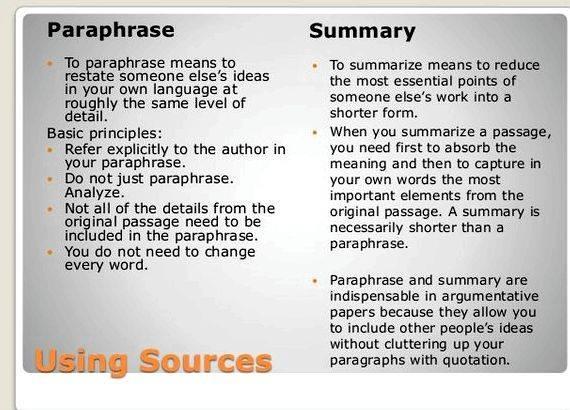
Give a full reference for this citation at the end of the summary (see #6. below).
For a one-paragraph summary. discuss each supporting point in a separate sentence. Give 1-2 explanations for each supporting point, summarizing the information from the original.
For a multi-paragraph summary. discuss each supporting point in a separate paragraph. Introduce it in the first sentence (topic sentence).
Example. The first major area in which women have become a powerful force is politics.
Support your topic sentence with the necessary reasons or arguments raised by the author/lecturer but omit all references to details, such as dates or statistics.
Use discourse markers that reflect the organization and controlling idea of the original, for example cause-effect, comparison-contrast, classification, process, chronological order, persuasive argument, etc.
In a longer summary, remind your reader that you are paraphrasing by using reminder phrases , such as
- The author goes on to say that.
- The article (author) further states that.
- (Author’s last name) also states/maintains/argues that.
- (Author’s last name) also believes that.
- (Author’s last name) concludes that
Restate the article�s/lecturer�s conclusion in one sentence.
Give a full reference for the citation (see the example below for the in-text citations in #2). For citing electronic sources, please see Citation of Electronic Resources.
Further illustrations. Please see the video Tips on Summarizing on the Ohio State Flipped ESL YouTube channel. This video investigates the basic elements needed to create an effective one sentence summary and a summary paragraph.
Serwer, A. (1997, Sept. 8). Michael Dell turns the PC world inside out. Fortune. 76-86.
Steinbeck, J. (1945). The pearl. New York: Penguin Books.
� 2006 Christine Bauer-Ramazani , Saint Michael’s College. Last updated: September 22, 2016


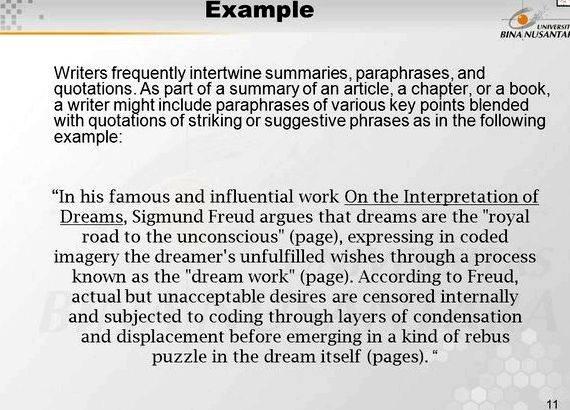



 Article writing notes in the 80s
Article writing notes in the 80s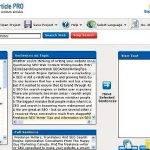 Article writing software for seo
Article writing software for seo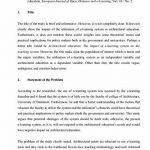 Tips on writing a journal article summary
Tips on writing a journal article summary Henning schulzrinne writing technical articles p3
Henning schulzrinne writing technical articles p3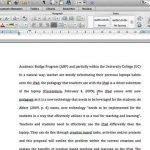 Ordonnance article 38 dissertation writing
Ordonnance article 38 dissertation writing






